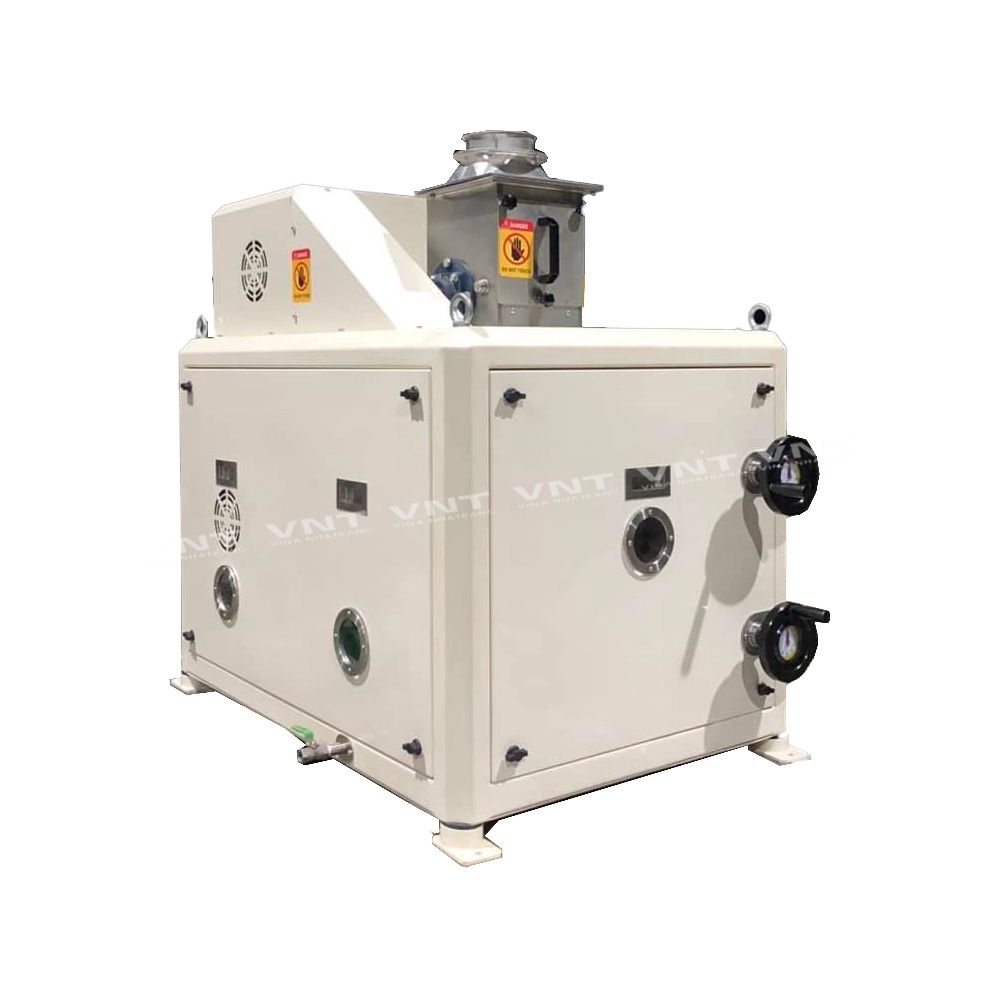Industrial Coffee Mill Overview: Boost Performance and Quality
In the competitive landscape of coffee production, choosing the best industrial coffee grinder plays an essential role in boosting both efficiency and product quality. Recognizing the nuances of different mill types and vital features-- such as personalized grind setups and durable building-- can considerably affect the last flavor account of the coffee. The optimization of the grinding procedure, coupled with thorough maintenance, is essential for maintaining performance over time. As we explore these vital components, it becomes noticeable that the ramifications extend beyond mere equipment choice, impacting general business success in means that necessitate closer examination.
Recognizing Mill Kinds
When picking an industrial coffee grinder, comprehending the various types readily available is important for enhancing both flavor extraction and operational performance. Both primary kinds of mills are blade grinders and burr grinders. Blade grinders make use of sharp blades that cut coffee beans right into inconsistent sizes, resulting in uneven removal and possibly unfavorable flavors. While blade grinders are usually extra suitable and inexpensive for small procedures, they are typically not advised for commercial usage.

Eventually, selecting the right kind of mill is integral to keeping top quality and effectiveness in coffee manufacturing, making it crucial for services to spend in top notch burr grinders for optimal results.
Secret Functions to Consider
Picking a commercial coffee grinder needs mindful consideration of a number of crucial features that can dramatically influence both performance and the general coffee experience. Among the primary elements to examine is the grinding device. Burr grinders are generally favored over blade grinders, as they provide a regular grind size, which is essential for ideal removal and taste.
One more essential feature is the mill's ability. A versatile mill with numerous settings allows you to customize the work dimension to different developing methods, boosting the coffee's taste account.
Evaluate the mill's noise level, especially in a busy coffee shop or production setting, where extreme noise can be turbulent. Investing in a mill that balances these functions can substantially boost both operational effectiveness and the quality of the coffee served.
Optimizing Grinding Refine
To accomplish the best results in coffee preparation, enhancing the grinding procedure is necessary. The grind dimension considerably influences extraction, taste, and general high quality of the brewed coffee.


Furthermore, checking the grinding rate can optimize the process. Slower grinding typically creates much less warm, maintaining delicate tastes and fragrances. Alternatively, click much faster grinding might create too much warm, adversely influencing the coffee's high quality.
Upkeep and Treatment Tips
Appropriate maintenance and care of commercial coffee mills are essential for guaranteeing optimal performance and long life. Normal cleansing is the foundation of maintenance; residue buildup can affect flavor and grinding effectiveness. It is advisable to clean up the grinder after each use, wiping down the exterior and removing any type of coffee grounds from the burrs.
In addition, inspect the grinding burrs for damage. Dull burrs can jeopardize work uniformity, so they ought to be changed as necessary. Industrial Coffee Grinder. Occasionally adjusting the grinder is also critical, as this maintains the desired grind dimension for different brewing approaches
Lubrication of moving parts ought to be carried out according to the supplier's requirements, as this decreases friction and lengthens the life of the tools. It is important to make use of food-grade lubricating substances to make sure safety and conformity with health laws.
Finally, keep the grinder in a dry and secure environment to protect against rust and deterioration. By adhering to these upkeep and treatment suggestions, drivers can improve the performance of their industrial coffee mills while guaranteeing high-grade output and expanded operational life.
Return on Financial Investment Analysis
Examining the return on investment (ROI) for industrial coffee grinders is critical for companies seeking to maximize their coffee manufacturing abilities. A comprehensive ROI evaluation aids determine the economic feasibility of buying high-grade grinders, allowing companies to evaluate the preliminary prices against potential gains.
To conduct an extensive ROI analysis, companies need to consider several essential aspects. Evaluate the purchase rate of the grinder, including installation and any kind of required alterations to existing infrastructure. Next, compute functional expenses, including energy intake, upkeep costs, and labor effectiveness enhancements. High-performance mills commonly lead to minimized grinding time and enhanced throughput, which can dramatically boost efficiency.
Additionally, consider the influence on product quality. Industrial Coffee Grinder. Superior grinders produce a more consistent grind dimension, which can enhance flavor accounts and client complete satisfaction, inevitably driving sales. By enhancing the top quality of the end product, companies can justify greater rates, causing increased profits
Conclusion
In recap, an industrial coffee mill plays a pivotal function in enhancing both effectiveness and item top quality within coffee production. informative post By picking high-grade burr grinders equipped with necessary features such as adjustable work setups and sturdy construction, services can make certain optimal flavor removal. Furthermore, regular upkeep is critical for sustaining grinder efficiency and taking full advantage of client fulfillment. Inevitably, the critical investment in a reputable mill adds dramatically to improved recommended you read revenue and competition in the coffee industry.
In the competitive landscape of coffee production, selecting the appropriate commercial coffee mill plays a crucial duty in boosting both effectiveness and product quality. The two primary types of grinders are blade grinders and burr mills. Within the burr grinder classification, there are flat burr mills and conelike burr grinders, each with its advantages. Burr grinders are usually favored over blade mills, as they offer a consistent grind dimension, which is important for ideal extraction and flavor.
In summary, an industrial coffee grinder plays a crucial duty in improving both efficiency and item top quality within coffee manufacturing.